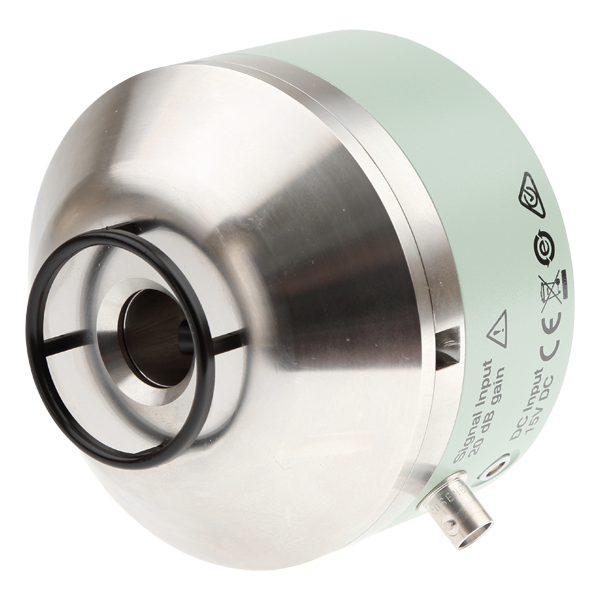TYPE 4227 + 4227-A
Mouth Simulator
Mouth Simulator Types 4227 and 4227-A are high-performance artificial mouths conforming to ITU-T Rec. P.51 and delivers highly accurate and repeatable electroacoustic measurements.
Richiedi un preventivoType 4227 and 4227-A are designed to test telephone transmitters, smart speakers, and other microphones where a sound field similar to the human voice field is required.
The Mouth Simulator also provides a reference source for near field testing of handsets and microphone based devices, in smart devices. The artificial mouth simulator closely replicate the sound field generated by the human mouth, as specified in IEEE 269 and
ITU-T Rec P.51 - fulfilled by both Type 4227 and 4227-A.
USE SCENARIOS
- Quality control testing of frequency response and distortion of telephone transmitters and close-talking microphones
- A sound source for acoustic measurements
- Testing of smart devices, phones, speakers, etc
Provision exists for fitting a microphone at the mouth opening, for use in a compressor loop to give constant sound pressure output. Accurate calibration is facilitated by a calibration jig provided with this product.
FEATURES
- Accurate and very consistent simulation of human voice field
- Built-in class D amplifier (Type 4227-A only)
- Continuous SPL of 110 dB at 25 mm from lip ring
- Low distortion
- Built-in overload protection circuit
- Optional regulating microphone for very accurate frequency
- Response control
- Calibration jig included
- Low sensitivity to temperature and humidity changes
The mouth simulators are high-performance, low-distortion sound sources used for testing acoustic transducers. They consist of a high-quality loudspeaker mounted in a specially shaped housing. A lip ring is mounted on the upper surface of the unit, providing a convenient reference plane for measurements.
Type 4227-A has a built-in class D amplifier that simplifies setup and minimizes thermal output, allowing the use of the mouth simulator in small test chamber installations while avoiding heating of tested components.










